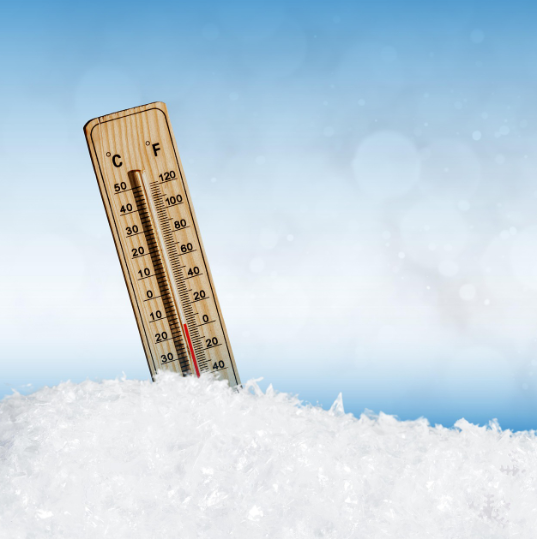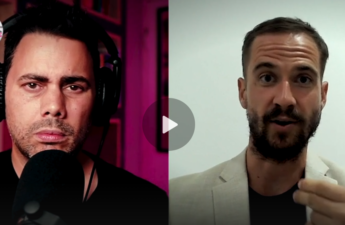
by Stephen Halbrook
If you have not read Daniel Roytas’ book Can you Catch a Cold?, I highly recommend it. If you believe in contagion via viruses but read the book with an open mind, it will radically change your perspective.
This book covers everything from unscientific methods of virus isolation and the inability to demonstrate contagion in experiments, to credible alternative explanations for why we get the flu and cold. It also includes an enormous appendix on
the results of all 203 experiments that have been conducted over the last century attempting to demonstrate sick-to-well transmission of the cold and flu.
Daniel Roytas, Can you Catch a Cold?: Untold History & Human Experiments (Daniel Roytas, 2024), 276.
My only disclaimer is that it has some nonsense promoting evolution — but that gets lost in all of the substance. No book is perfect but the Bible.
Having read this book, I’m convinced that virology is a scam.
“How, then, do you account for mass illness in the winter? How is it that person after person with cold and flu symptoms got sick after being around others with the same?”
That’s a great question, and one that terrain theorists aren’t always great at answering. Sure, they might rightfully argue that in many cases, what seems to be contagion is simply a group of people suffering from a common nutritional deficiency, a common toxic exposure, or a common medical “treatment.”
But is this enough to cover the massive number of people experiencing cold and flu symptoms during winter? I think not, and this is where the value of Roytas’ book comes in: the weather as an explanation.
As Roytas notes,
Historically, people were so confident in their belief that the cold and flu were not contagious that they literally named these seasonal afflictions after their purported causes. In the 16th century, the common cold was named after the similar symptoms experienced by people following exposure to cold weather. …
Influenza was named in much the same way. The term was first coined by John Huxham in 1743, based on the Italian phrase, “un influenza di freddo” or “the influence of the cold”. …
The contribution of meteorological and celestial activities stood the test of time, being widely accepted by doctors and scientists up until the early 1900s. In fact, before the adoption of germ theory, the medical orthodoxy acknowledged cold exposure as the cause of the cold and flu. (pp. 34, 35)
Similarly, Dr. Charles T. Pearce, in Essay on Vaccination (1868), writes,
Influenza, in its outbreaks, has always been connected with peculiar and sudden atmospheric changes and conditions.
Dr. Charles T. Pearce, Essay on Vaccination (London: H Bailliere, 1868).
Retrieved March 31, 2025, from http://whale.to/a/pearce.html
Back to Roytas, who writes,
Epidemiological evidence indicates that cold and influenza outbreaks occur in temperature climates following a drop in air temperature. When the temperature falls below 22°C, there is a modest increase in the likelihood of an outbreak. For every 1°C decrease in air temperature below this threshold, the risk of an individual developing influenza increases by 11%, with three-quarters of influenza cases occuring when the temperature is between -10 and 5°C. Not only that but the influenza death rate peaks when the temperature reaches its lowest point — a fact that has been known for over a century. More recent evidence has shown that mortality rates increase 1-2 days after a drop in temperature, before peaking approximately 6-7 days later. This increased risk persists for up to 28 days. (p. 242)
Also, Roytas notes,
Changes in relative humidity are so tightly linked to colds and flu that they reliably predict outbreaks. In temperature climates, people typically fall ill when the air becomes cold and dry, yet in tropical climates, people tend to fall ill when the air gets warm and wet. (p. 247)
There are more nuances which the book covers, such as the role that atmospheric ammonia and ozone might play, the definite role air pollution plays, etc.
There also another persuasive explanation in the book for mass illness — the nocebo effect. We hope to address this more in the future, but for now, let it suffice that there are other, much more scientifically credible, explanations for mass winter illness regarding the cold and flu than viruses.
To order the book, visit Daniel’s website here. Also see interviews with him here.
Having said all of this, those who promote current “science” narratives on behalf of the elite will, of course, dismiss the idea that weather conditions cause the cold and flu. Well of course they will. Just follow the money, and we have a good idea that there is a conflict of interests. These are the same credible people who tell us to suffocate ourselves with masks for the sake of our health and assure us that poisoning our bloodstream with vaccines is safe and effective.
What makes the idea of contagion seem correct is nonstop psychological priming (via politicians, allopathic medicine, public education, the media, and Hollywood — entities funded by the Globalist elite) that colors our perception as to why people in proximity to one another get cold and flu symptoms; we automatically assume, without thinking critically, that contagion is the only explanation (correlation must be causation) — even though environmental conditions (common weather conditions, common toxin exposure, common nutritional deficiencies) can also explain why those in proximity to one another get sick.
The fact that they don’t even want us to consider this — let alone make us aware of this — is a red flag.
Considering all of this, could the idea of viral contagion be simply a myth — foisted on us by the elite not for our own good, but as a means of profit, control, and depopulation?
If you find this site helpful, please consider supporting our work.


